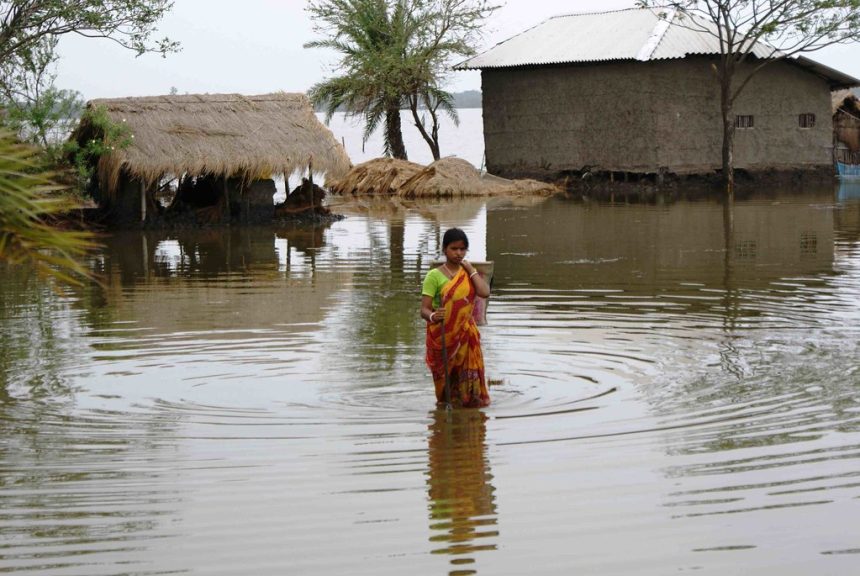Heavy Rainfall Triggers Sudden Flash Flood
On August 5, 2025, a powerful cloudburst in Uttarkashi district, Uttarakhand triggered a flash flood that surged through the tourist village of Dharali, sending a torrent of mud and debris sweeping away homes, shops, hotels, and a local market. Authorities confirmed at least four fatalities, with more than 100 people still missing.
Catastrophic Impact and Infrastructure Damage
The debris-filled floodwaters engulfed large swathes of Dharali—including about 50 hotels and numerous residential buildings. River mud reportedly reached 15 meters in depth in some areas, submerging rooftops and obliterating infrastructure. The flood also damaged parts of a nearby army camp and washed out sections of the national highway, severely disrupting connectivity.
Rescue Efforts Amid Challenging Conditions
Rescue operations are underway “on a war footing”, involving the Indian Army’s Ibex Brigade, National Disaster Response Force (NDRF), and State Disaster Response Force (SDRF). Approximately 150 troops, along with drones, tracker dogs, earth-moving machines, and satellite communications, have been deployed. Rough terrain and ongoing monsoon rains have hampered access and slowed relief efforts. Nearly 130 people have been evacuated, and around 20 survivors rescued so far.
Meteorological Cause: The Role of Cloudburst
Meteorologists attribute the disaster to a cloudburst, an intense downpour exceeding 100 mm per hour over a small region—commonly occurring in mountainous zones. The India Meteorological Department reported over 210 mm of rainfall in 24 hours in the affected areas. Experts warn such events are becoming more frequent and severe due to climate change.
Regional Vulnerability and Structural Weaknesses
Uttarakhand’s steep terrain, unplanned development, and increasing tourist infrastructure make it especially vulnerable to disasters. Officials and analysts have highlighted that climate change, rapid construction on fragile slopes, and ecological degradation are contributing to the frequency and intensity of such events. This flash flood joins a growing pattern of Himalayan region disasters linked to extreme rainfall and poor land management.
Government Response and Public Warnings
Union Home Minister Amit Shah and Uttarakhand Chief Minister Pushkar Singh Dhami have coordinated emergency responses, assuring notifications and necessary aid. Prime Minister Narendra Modi offered condolences and pledged full mobilization of rescue resources. Schools in the region have been closed, and the India Meteorological Department has issued alerts predicting continued heavy rains through August 10.
What This Disaster Signals
This devastating flash flood highlights the growing threat of extreme weather events in India’s Himalayan region—a danger heightened by climate change, glacier melt, and inadequate land-use planning. As rescue efforts continue, officials stress the urgency of improved disaster preparedness, sustainable development, and ecological protection to mitigate future tragedies.










